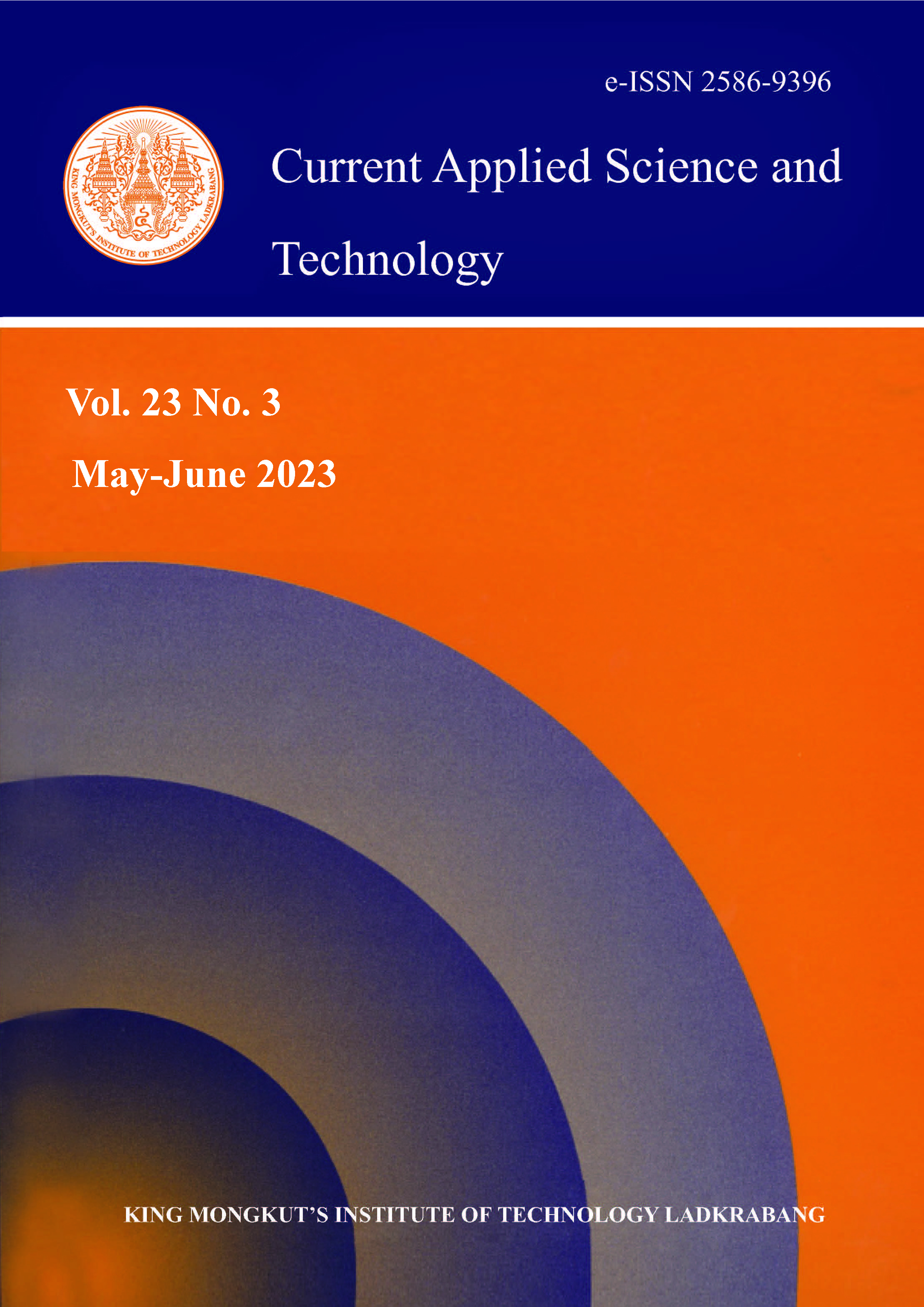Amorphous silica from sugarcane bagasse ash (Si-BA) was extracted and used as a support for iron (Fe). The FeSO4 was loaded onto the Si-BA by 3 different methods consisting of refluxing (RF), incipient wetness impregnation (IWI) and physical mixing (PM) methods. The prepared materials used as glyphosate adsorbents were Fe/Si-BA-RF, Fe/Si-BA-IWI and Fe/SI-BA-PM. All adsorbents were further studied by several techniques. There were X-ray diffraction (XRD), energy dispersive X-ray fluorescence (ED-XRF), N2 adsorption-desorption, diffused reflected UV-Visible (DR-UV-Vis) techniques and pH Drift method. The Fe was highly dispersed onto the Si-BA with Fe loading of approximately 2.36-2.55%wt. The Fe/Si-BA-IWI and Fe/Si-BA-PM exhibited a large amount of FexOy oligomer and Fe2O3 species as compared to the Fe/Si-BA-RF. Then, the glyphosate adsorption kinetic was further studied over the Si-BA and all Fe loaded Si-BA. The adsorption kinetic of glyphosate could be described by pseudo-second order kinetic model for all adsorbents. Moreover, the Langmuir and Freundlich isotherm models were applied to study the adsorption isotherms. All adsorbents were fitted well with the Freundlich isotherm model. Based on the Freundlich isotherm, the relative adsorption capacity of the adsorbents could be determined from the Freundlich isotherm constant (KF). The Fe/Si-BA-IWI provided a higher KF value than Fe/Si-BA-PM, Fe/Si-BA-RF and Si-BA, respectively. As the results, the synthesis method of Fe loaded amorphous silica affected the glyphosate adsorption capacity. The highest capacity of Fe/Si-BA-IWI was attributed to its predominately observed FexOy oligomer and Fe2O3 species.
Keywords: sugarcane bagasse ash; silica; iron; refluxing method; incipient wetness impregnation method; physical mixing method; glyphosate; adsorption
*Corresponding author: Tel.: (+66) 37261802 Fax: (+66) 37261801
E-mail: onsulang@buu.ac.th
Sophiphun*, O. ., Chanprame, S. undefined. ., & Laksana, C. . (2022). Evaluation of Synthesis Method of Fe Loaded Amorphous Silica on the Adsorption of Glyphosate. CURRENT APPLIED SCIENCE AND TECHNOLOGY, DOI: 10.55003/cast.2022.03.23.013 (12 pages). https://doi.org/10.55003/cast.2022.03.23.013


https://cast.kmitl.ac.th/doi/10.55003/cast.2022.03.23.013